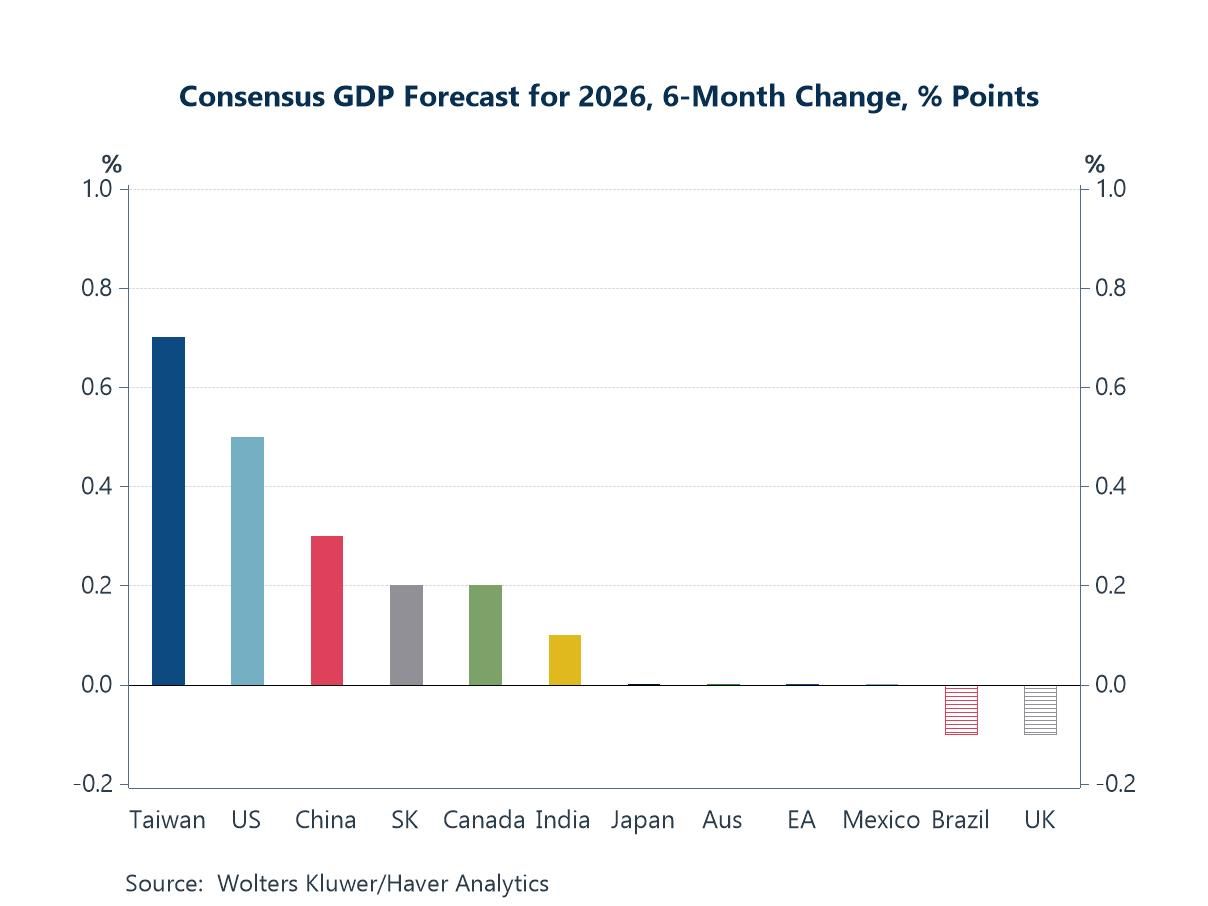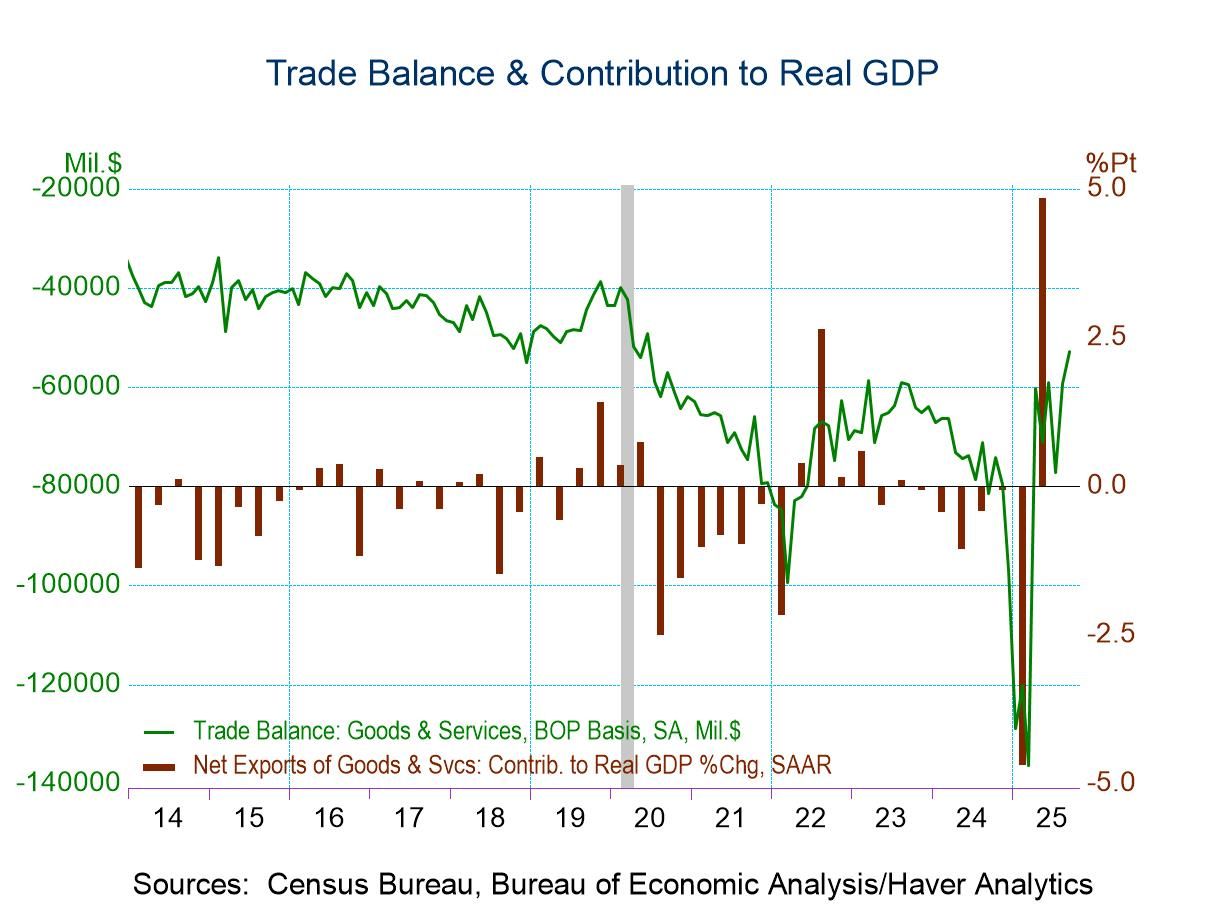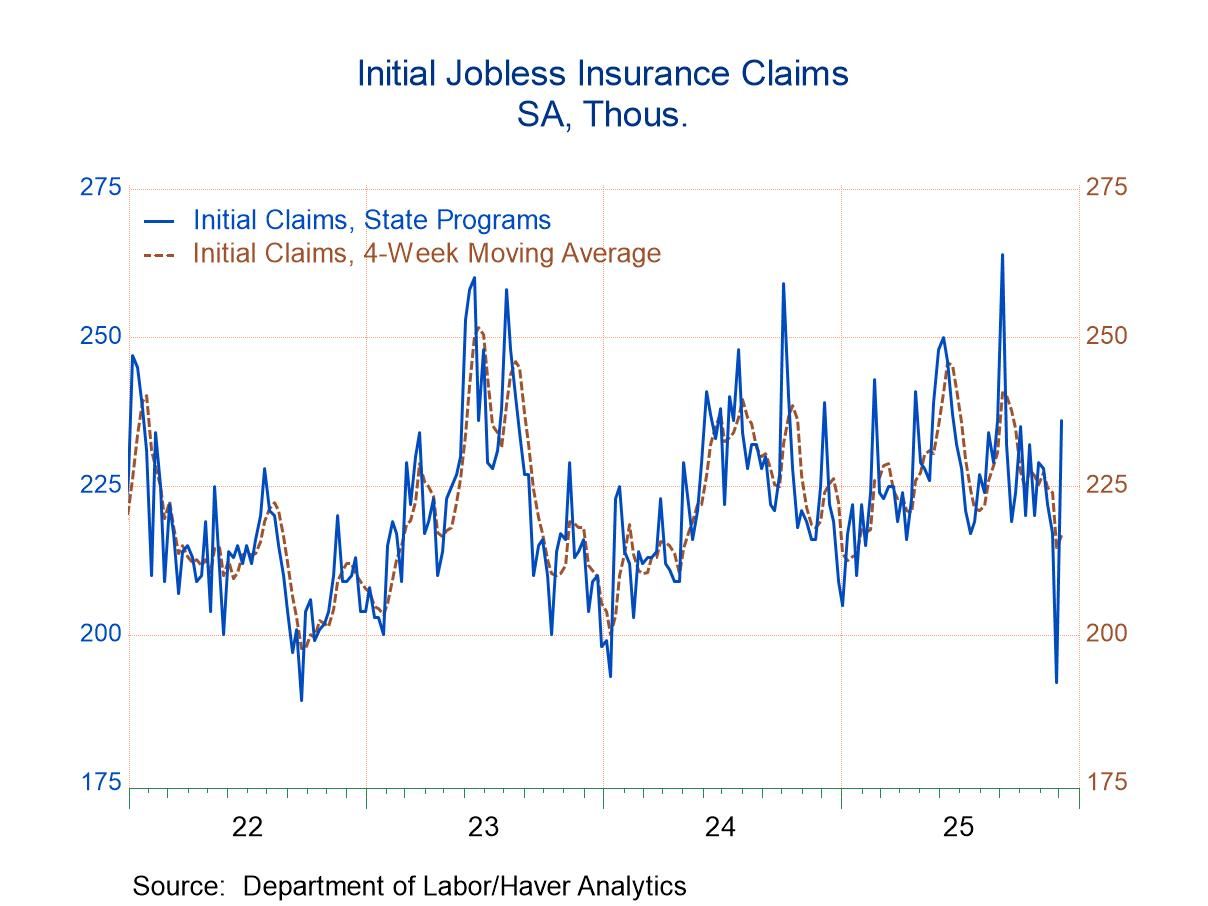Spain’s Inflation Shows Renewed Pressure

Spain’s harmonized inflation on the euro area measure rose 1.1% in February, accelerating from a 1% gain in January after logging ‘no change’ in December. The inflation picture in February and over three months largely shows inflation pressures are lingering and remain relatively intense. However, the broad sequential path of inflation has been interrupted and does not show clear acceleration although there still is clearly pressure.
The HICP is still hot Spain's inflation over 12 months shows a gain in the HICP of 6%; over six months the rate of increase is only at 2.5% pace; however, over three months the annual rate is up to 8.3%, a sharp gain. Inflation has not only accelerated over three months, but the pace of the advance exceeds the 12-month pace of a year ago when the 12-month inflation rate was 7.7%. The three-month pace is still above that as well as the current 12-month pace.
Spain’s ex-energy gauge is accelerating Spain’s domestic measure of inflation rose by 1.1% in February, up from 0.7% in January and 0.1% in December. The Spanish domestic CPI excluding energy rose 0.7% in February, less than the 1.2% gain in January but the same as the 0.7% increase in December. The sequential path of inflation in Spain shows the headline running at 6.1% over 12 months, then slowing to a 2.5% pace over six months, before speeding up to a 7.9% annual rate over three months. The ex-energy inflation rate is up by 7.6% over 12 months, ticking higher to 7.7% over six months, then accelerating further to a 10.8% annual rate over three months.
Inflation’s breadth confirms its presence The table also offers a view on inflation diffusion over three months, six months, and 12 months. These metrics show that over 12 months inflation accelerates in 72.7% of the categories. Over six months that falls back to 45.5%, slightly less than half of the categories show a step up. However, over three months inflation is back to accelerating in 72.7% of the categories again. Spain continues to have an issue with inflation accelerating. The acceleration is present not only in the headline measure which shows a clear step up and reflation over three months compared to six months. The ex-energy measure shows the steadier acceleration from 12-months, to six-months, to three-months with a significant jump in three-months compared to six-months as inflation remains broadly felt.

Spain is part of a global pattern Other global inflation data show similar trends. The chart above plots the Spanish inflation rate against the U.S. consumer price index that is freshly available today. We see a rather strong correlation between these two inflation indexes even though these economies are far from joined at the hip. Clearly there's a global dimension to inflation that is being shared across a wide variety of countries. However, none of this is a reason for the local monetary authorities to think that they don't have responsibility to try to bring inflation to heel.
Inflation fighting get more complicated... However, the inflation picture has been complicated by recent bank failures in the United States. Once again, these failures show us how interconnected economies are since, in the wake of these bank closures that have had big impacts on the U.S. market, there has been knock-on impact in markets overseas as investors in other countries begin to wonder whether they have banks with similar issues in their markets. Spain’s Banco Santander has seen its share price hit as scattershot collateral damage has hit a number of financial institutions. Santander operates in the U.S. and gets most of its earnings outside Spain. Uncertainty and a lack of information has led to banks seeing their stocks under pressure as markets begin to register some skepticism in an environment where trading losses are starting to emerge after apparently being suppressed at a large West-coast U.S. financial institution.
How long…will this be going on? The nature of these sorts of things is such that nobody ever really knows exactly who has losses or how widespread the problem is. But interest rates, especially in the U.S., have gone up rapidly and the possibility that trading losses were inflicted and that traders didn't appreciate the fact that there were more hikes to come may have played a role. If traders were caught by surprise and did not take their losses, that would likely cause losses to grow. It's something that can never be dismissed in an environment like this. It heightens financial risk and makes monetary policymaking much more complicated. especially with inflation lingering as it seems to be doing in Spain and, in the U.S., where the core-CPI also seems to be hinting at inflation stubbornness. The environment for making monetary policy has been difficult. And now with the financial sector complications, it is being made intractable.
Robert Brusca
AuthorMore in Author Profile »Robert A. Brusca is Chief Economist of Fact and Opinion Economics, a consulting firm he founded in Manhattan. He has been an economist on Wall Street for over 25 years. He has visited central banking and large institutional clients in over 30 countries in his career as an economist. Mr. Brusca was a Divisional Research Chief at the Federal Reserve Bank of NY (Chief of the International Financial markets Division), a Fed Watcher at Irving Trust and Chief Economist at Nikko Securities International. He is widely quoted and appears in various media. Mr. Brusca holds an MA and Ph.D. in economics from Michigan State University and a BA in Economics from the University of Michigan. His research pursues his strong interests in non aligned policy economics as well as international economics. FAO Economics’ research targets investors to assist them in making better investment decisions in stocks, bonds and in a variety of international assets. The company does not manage money and has no conflicts in giving economic advice.





 Global
Global
